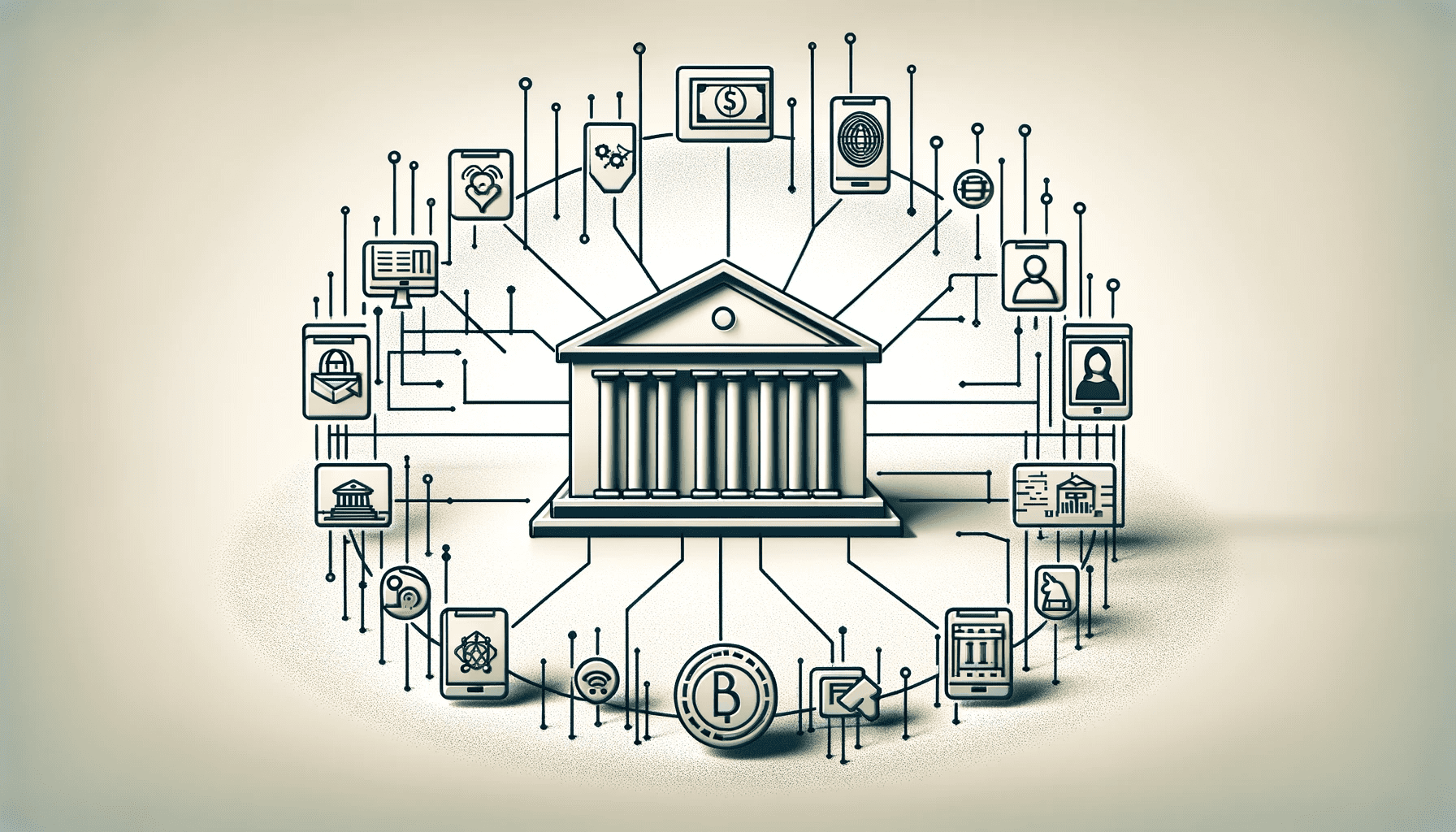money_gate
New Banking Business Models 2024
New Banking Business Models 2024
There are no hard-and-fast rules by which banking business models can be categorized.
Individual banks generally build their operations in a way that will let them earn the biggest possible return on investment within the boundaries set by their regulatory authorities. Thus, banks in the USA have different models compared to European banks, which in turn are quite different from the banks in China, Asia, and especially so in the case of the banks in the less-developed world. Nevertheless, in the advanced economies there is a degree of commonality in the banking business models, which we describe below.
The four broad categories of banking models are Retail-funded (AKA complex commercial), Wholesale-funded, Trading and Universal banks (AKA traditional commercial), along with a set of ‘outlier’ banks that follow unique business models.
The financial crisis in 2008 had a marked effect on the distribution of the different types of banks. Before the crash, retail funded banks accounted for less than 30% of the total, but by 2015 this had come up to more than 40%. Trading banks almost doubled, rising from 9% to 17%. The losers were wholesale funded and universal banks, which each lost around half of their share.
This was largely a result of transitioning by banks, which repositioned their operations into the new areas, rather than new banks establishing a position in one or the other model.
As Mario Draghi, President of the European Central Bank, said in 2016, “banks may have to do more to adjust their business models to the lower growth/lower interest-rate environment and to the strengthened international regulatory framework that has been put in place since the crisis”
The global financial crisis – and markets’ and regulators’ reaction to it – drove banks to reassess their business strategies.
Out of the traditional banking models, the two better-performing models that were central to the repositioning were the retail-funded and wholesale-funded commercial banking models. While the wholesale-funded model was quite popular in the run-up to the crisis, many banks abandoned it during the first five post-crisis years, attracted by the retail-funded model. Smaller institutions were the main drivers of this repositioning, while the universal banking model preserved its appeal to the larger institutions over the years.
A fourth model, relying on trading activity, had persistent sub-par performance where profitability of trading banks has been very volatile and costs have been persistently higher than in other models.
Of the four, retail-funded commercial banking is the current banking model that has exhibited consistent and sustainable performance supported by greater operational efficiency. Banks that transitioned into this model saw a significant improvement in their relative profitability, putting them in a better position than the others to strengthen their balance sheets.
In the past five years, the main change in the whole banking world has been the introduction, and exceptional growth, of the digital banking business model. This model’s growth has been driven by two factors. Firstly, the rapid introduction of services from third-party providers (TPPs) that can offer more flexible and user-friendly operations to end-users. Secondly, the adoption by customers of internet-based methods for digital payment and general banking services, driven largely by the universal availability of platforms on both mobile and traditional desktop devices.
In the new banking models introduced by this revolution, there are many areas in which even greater penetration into the traditional banking services will be seen over the next few years. Payment methods are growing exponentially, due to the widespread adoption of faster connections via g5 technology. Alternate lending platforms leveraging peer-to-peer models are transforming the sourcing of funds and credit evaluation. Mobile banking business models are being built on this combination of fast, secure and universal connectivity along with a wider range of services.
The business model of commercial banks is playing catch-up with the new players, either by acquiring the more prominent entities so as to gain a rapid foothold in the market, or by pouring billions of dollars into developing parallel systems and applications. In both cases, having to contend with generally higher cost structures and more restrictive regulations than the smaller financial service providers, this will be a long road.








